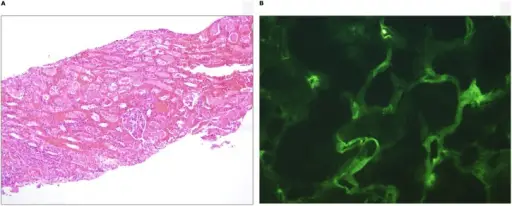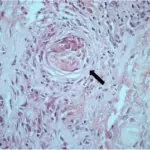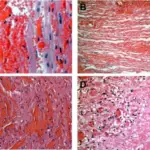These are considered the major cause the graft rejection. This includes hyperacute, acute, and chronic antibody-mediated rejection.
What are the Antibody-Mediated Rejections in Transplant Rejections?

A) A 4-year-old child who had good allograft function initially and then developed acute antibody-mediated rejection 2 weeks after deceased donor kidney transplantation. Renal biopsy reveals marked acute tubular necrosis and interstitial hemorrhage. There is evidence of glomerulitis and tubulitis (H&E, 40×). B) Immunofluorescence in this patient reveals diffuse C4d staining of the peritubular capillaries, supporting the diagnosis of acute antibody-mediated rejection.Issues in solid-organ transplantation in children: translational research from bench to bedside.
Lipshultz SE, Chandar JJ, Rusconi PG, Fornoni A, Abitbol CL, Burke GW, Zilleruelo GE, Pham SM, Perez EE, Karnik R, Hunter JA, Dauphin DD, Wilkinson JD - Clinics (São Paulo, Brazil) (2014). Not Altered. CC.


